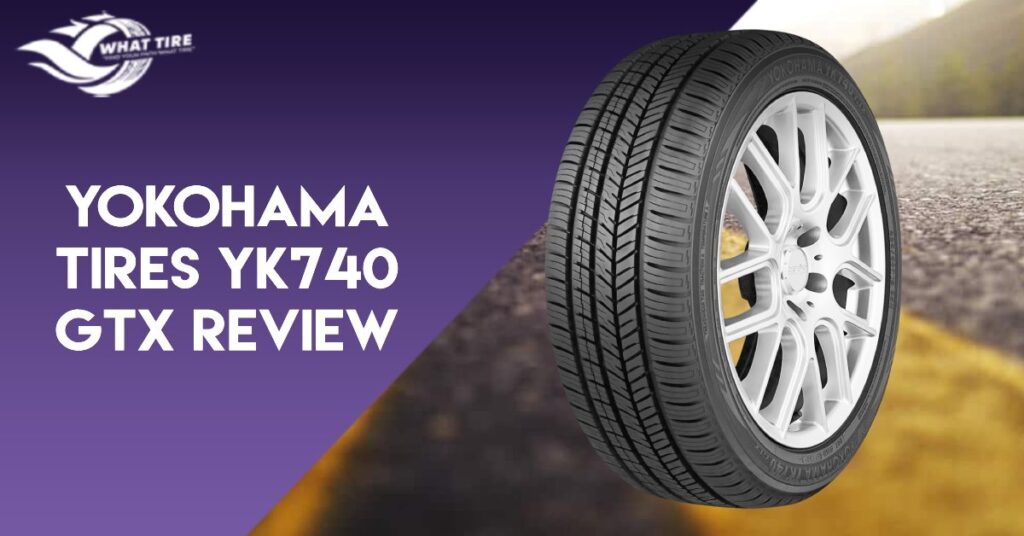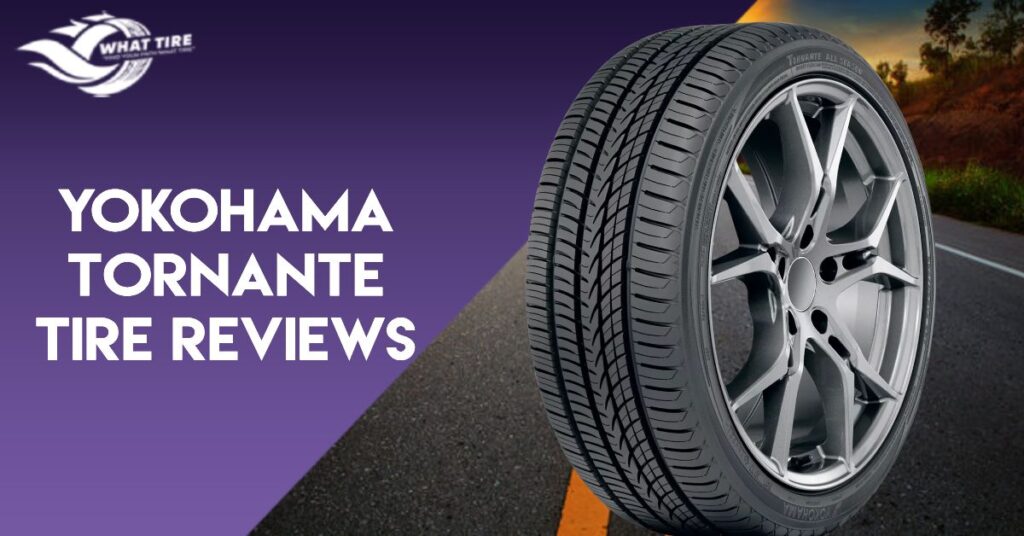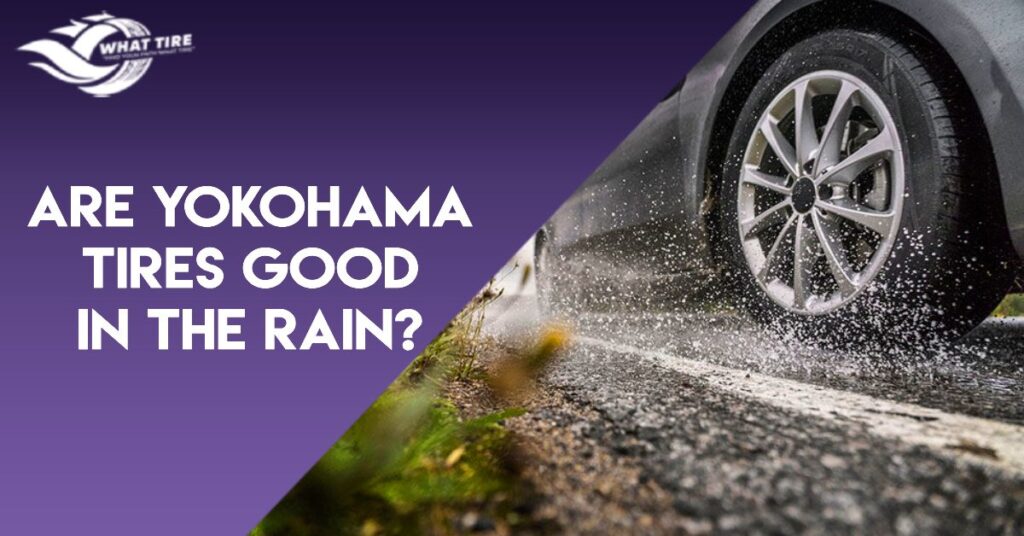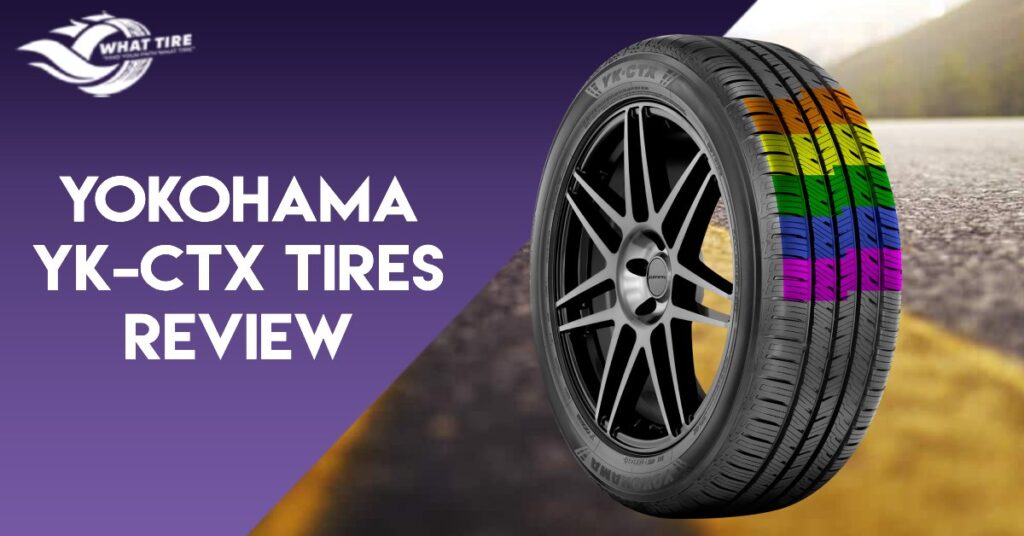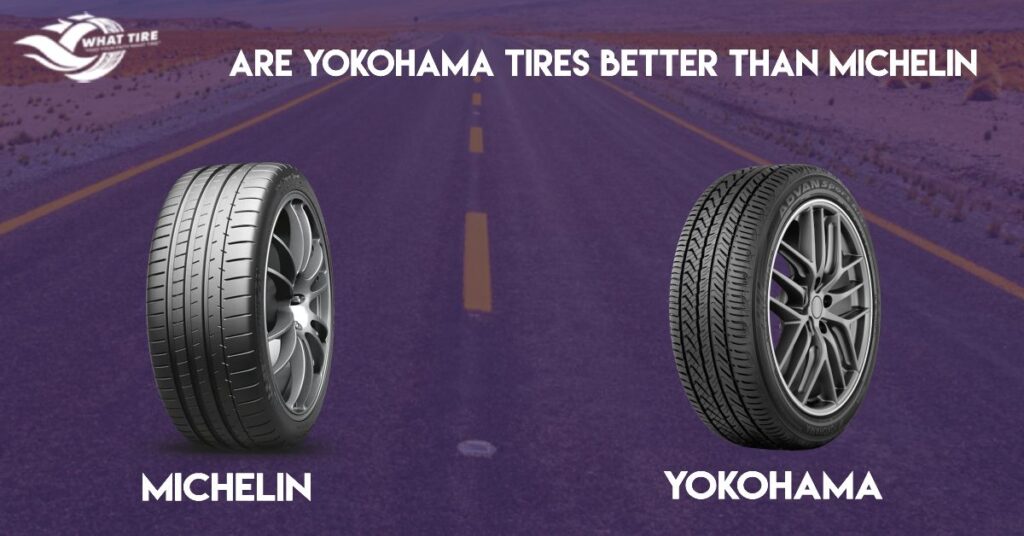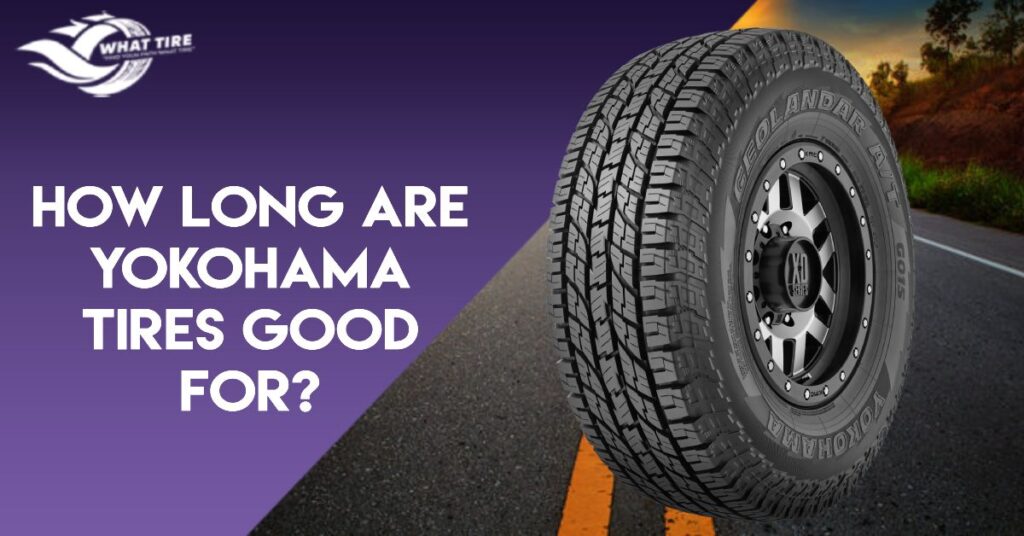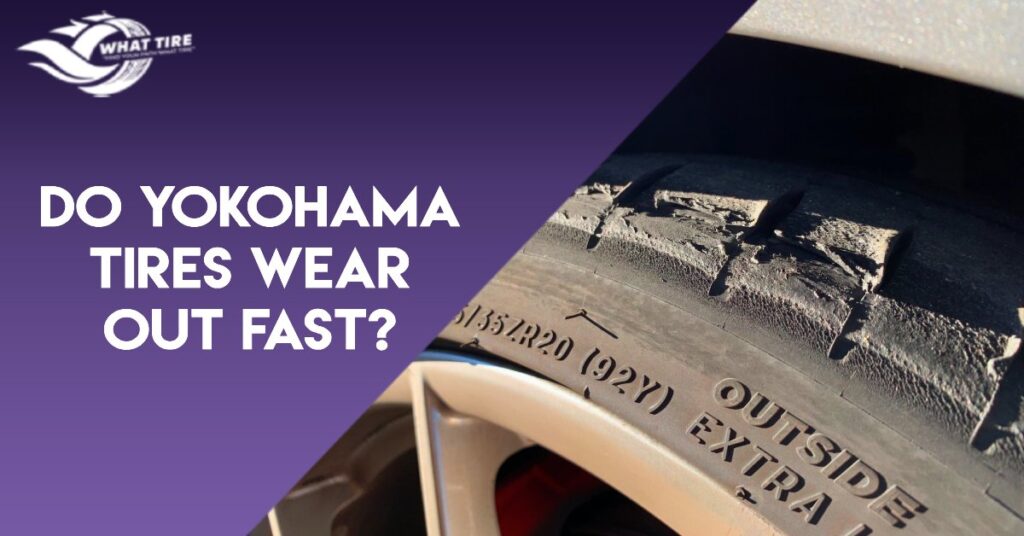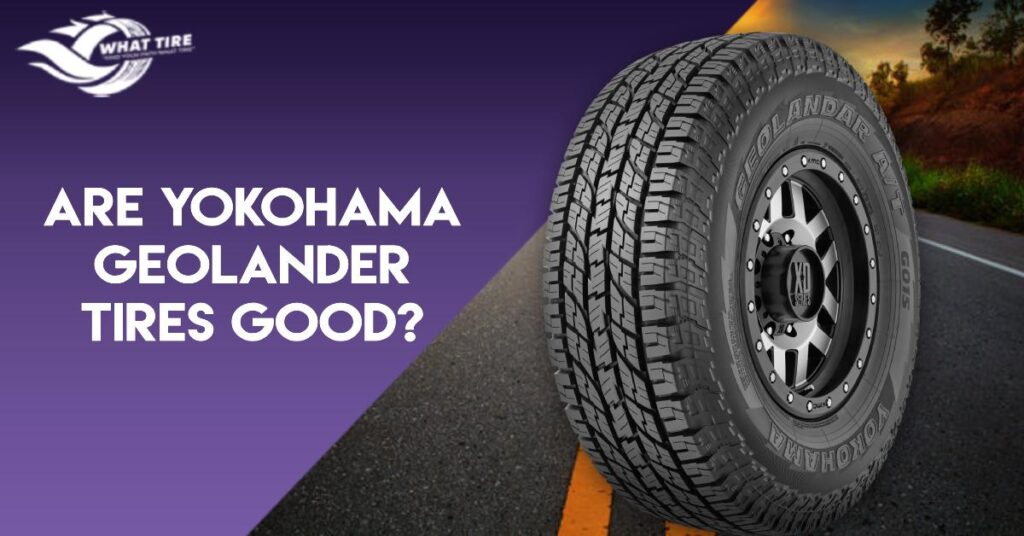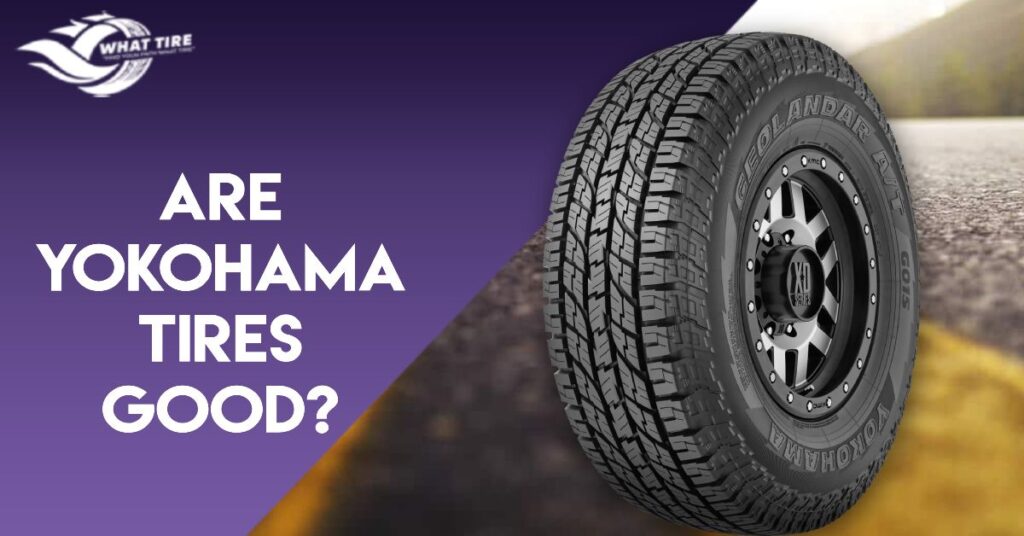Yokohama Avid Ascend GT Tire Review
In our journey through tire performance, we’ve traversed various terrains and tested countless models. Now, we focus on the Yokohama Avid Ascend GT Tire Review. As tire experts, we know the importance of reliable traction, durability, and comfort. In this impartial review, we’ll dissect the Avid Ascend GT, shedding light on its performance, user experiences, and durability. Our goal? To provide you, our readers, with a comprehensive assessment that guides your tire selection journey. So, fasten your seatbelts as we explore the excellence of the Yokohama Avid Ascend GT. About Yokohama Avid Ascend GT tires The Yokohama Avid Ascend GT tires are exemplars of grand touring all-season performance, available in sizes ranging from 15″ to 20″. Weighing between 18.0 lbs to 31.0 lbs, they boast load indexes from 82 to 102 and speed ratings from H (up to 130 mph) to V (up to 149 mph). Backed by a 65,000-mile warranty, these tires feature an asymmetric tread pattern for all-weather grip, deep circumferential grooves for water evacuation, and a silica-blended compound for enhanced traction. With a focus on stability, durability, and comfort, the Avid Ascend GT stands as a pinnacle of tire engineering. Avid Ascend GT Performance Review In this section, we’ll get into the performance aspects of the Yokohama Avid Ascend GT tires, assessing their traction, handling, stability, and braking capabilities across different road conditions and speeds, and comparing them with similar tires in the market. 1- Dry Road Traction 2- Wet Road Traction 3- Snowy Road Traction 4- Handling and Stability 5- In Various Driving Conditions 6- Braking Performance 7- Comparison with Similar Tires Avid Ascend GT User Experience In assessing the Yokohama Avid Ascend GT tires, we delve into the experiences shared by drivers from various sources, providing valuable insights into real-world usage. 1- User Feedback Drawing from a plethora of user reviews and feedback, the consensus on the Avid Ascend GT tires is largely positive. Many drivers praise the tires for their exceptional traction, stability, and performance across different road conditions. 2- Comfort Levels Comfort is a paramount consideration for drivers, and the Avid Ascend GT tires excel in this aspect. Users report a smooth and quiet ride, thanks to the tire’s noise-reducing technology and advanced construction. 3- Real-World Driving Experiences Whether embarking on long-distance trips or navigating daily commutes, drivers appreciate the reliability and comfort offered by the Avid Ascend GT tires. The tires’ ability to provide a stable and composed driving experience contributes to overall satisfaction among users. 4- User Satisfaction and Dissatisfaction Factors While the majority of users express satisfaction with the Avid Ascend GT tires, some have noted minor issues such as tread wear over time. However, these concerns are outweighed by the tire’s overall performance and durability, leading to high levels of user satisfaction. For information on how long you can expect Yokohama tires to last, read our article How Long Are Yokohama Tires Good For? Overall, user feedback highlights the Yokohama Avid Ascend GT tires as a top choice for drivers seeking comfort, performance, and reliability in their daily driving experiences. Durability Assessment Let’s assess the durability of the Yokohama Avid Ascend GT tires, examining various factors that contribute to their longevity and resilience. 1- Tread Wear Patterns and Longevity Through meticulous examination of tread wear patterns, it’s evident that the Avid Ascend GT tires boast impressive longevity. Even after thousands of miles of use, the tread remains robust and resilient, showcasing Yokohama’s commitment to durability. 2- Resistance to Punctures, Cuts, and Other Damages The Avid Ascend GT tires demonstrate remarkable resistance to punctures, cuts, and other damages commonly encountered on the road. The sturdy construction and advanced materials used in manufacturing contribute to the tire’s ability to withstand various hazards. 3- Driving Habits and Road Conditions on Tire Durability While the Avid Ascend GT tires are designed for durability, factors such as aggressive driving habits and harsh road conditions can affect their longevity. It’s important for drivers to adopt safe driving practices and avoid rough terrain to maximize the lifespan of their tires. 4- Comparison with Manufacturer’s Warranty Claims and Real-World Experiences When comparing the manufacturer’s warranty claims with real-world experiences, the Avid Ascend GT tires often exceed expectations. Many users report experiencing minimal tread wear and damage, validating Yokohama’s warranty claims and further establishing the tire’s reputation for durability. Overall, the Yokohama Avid Ascend GT tires prove to be highly durable and resilient, offering drivers peace of mind and confidence in their long-term performance. Yokohama Avid Ascend GT Tire Road Test Results After rigorous testing in various conditions, the Yokohama Avid Ascend GT tires have proven their mettle, earning commendable scores across different performance categories: These results underscore the Yokohama Avid Ascend GT tires’ versatility and reliability, making them a top choice for drivers seeking optimal performance in various driving scenarios. Pros & Cons of Yokohama Avid Ascend GT Tire Pros of Yokohama Avid Ascend GT Tire In assessing the Yokohama Avid Ascend GT tires, several notable strengths emerge, contributing to their reputation as top-tier all-season performers: 1- Exceptional traction on both dry and wet surfaces. 2- Smooth and quiet ride, enhancing overall driving comfort. 3- Long-lasting durability, with minimal tread wear over time. 4- Reliable performance in various driving conditions, including light snow. 5- Strong resistance to punctures and cuts, ensuring reliable performance on the road. Cons of Yokohama Avid Ascend GT Tire While the Yokohama Avid Ascend GT tires boast numerous strengths, there are a few potential drawbacks that drivers should consider: 1- Some users may find the tires to be slightly pricier compared to other options in the market. 2- In certain driving conditions, such as heavy snow or off-road terrain, the tires may not perform as well as specialized alternatives. 3- Although rare, a small percentage of users have reported minor issues such as uneven tread wear over time. Conclusion The Yokohama Avid Ascend GT tires stand as a pinnacle of tire engineering, delivering exceptional performance, durability, and comfort. From impressive traction in
Yokohama Avid Ascend GT Tire Review Read More »


